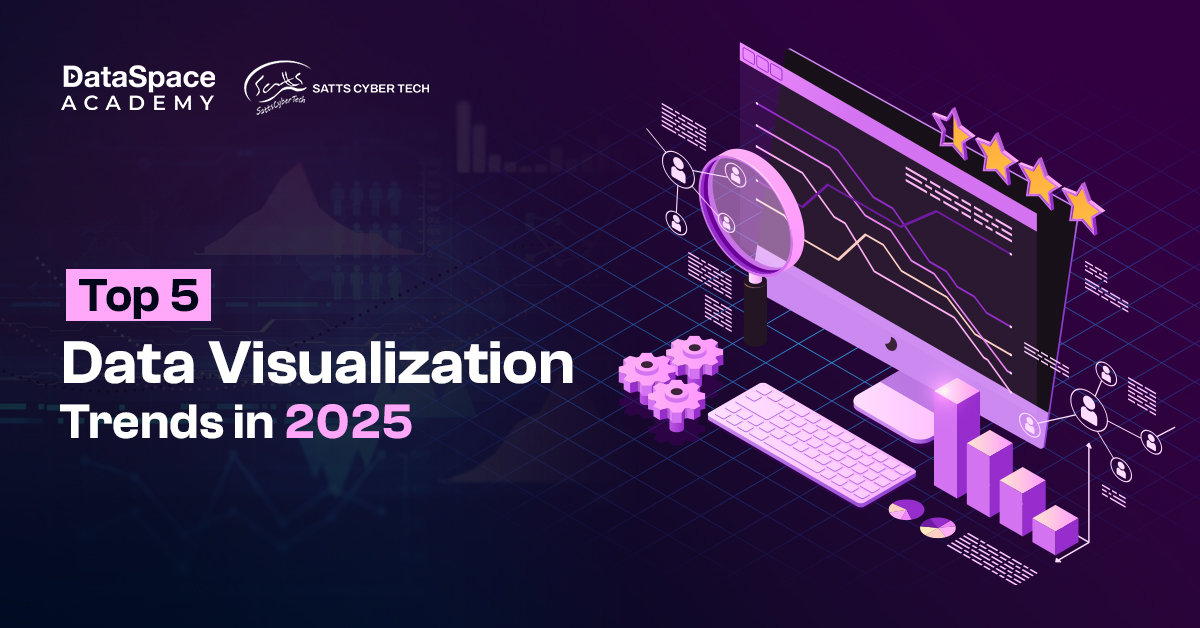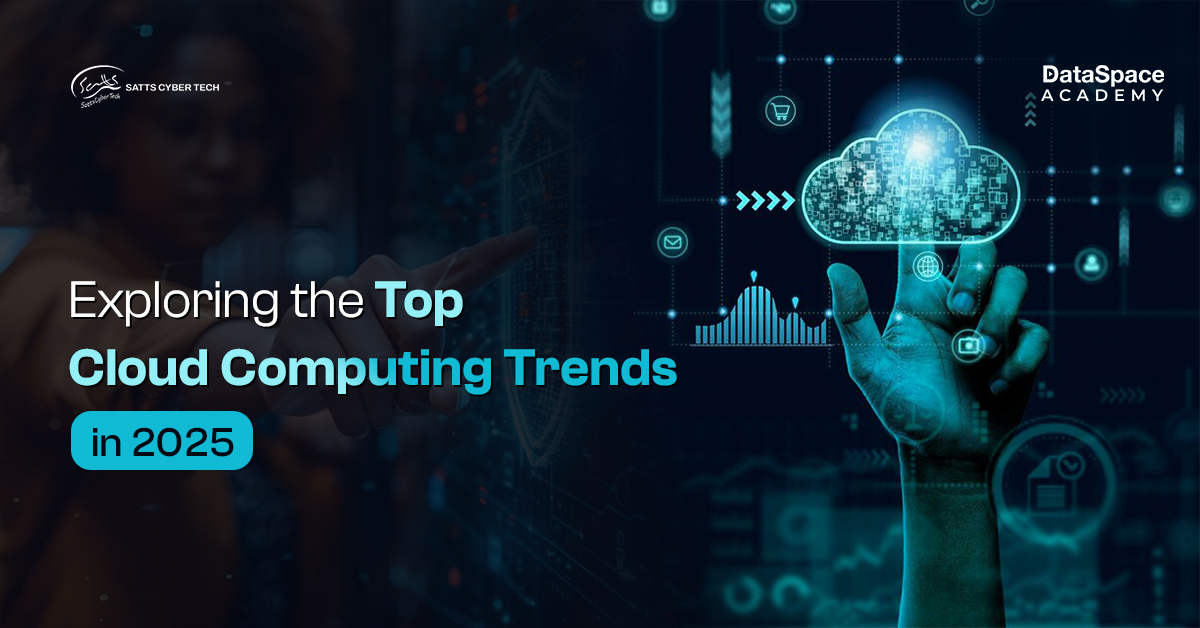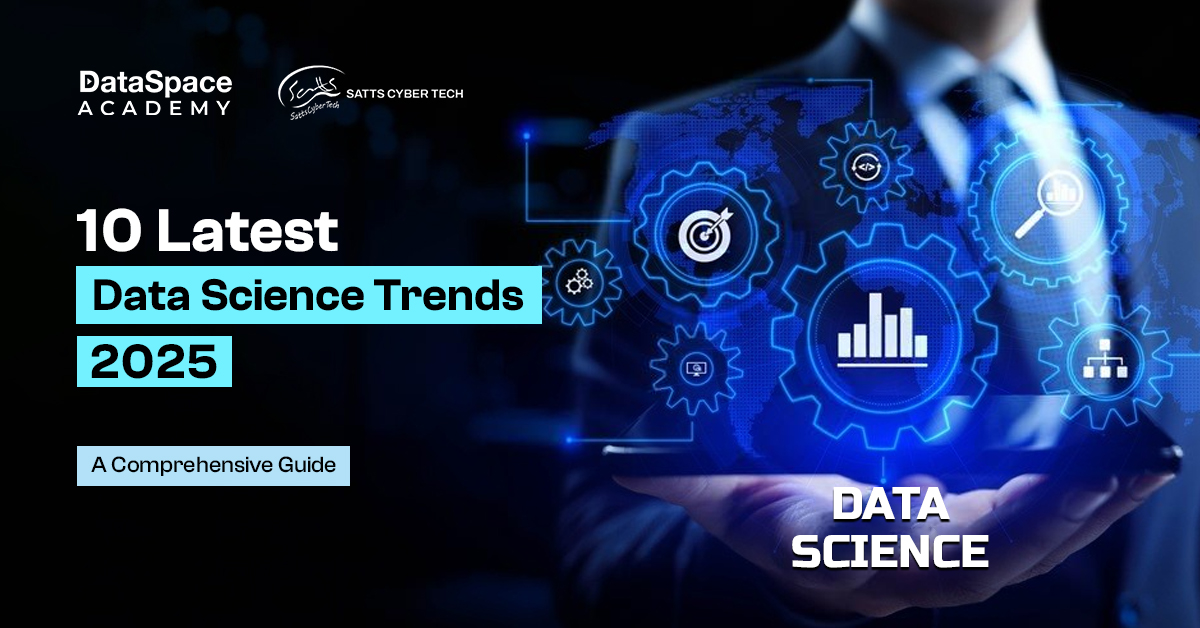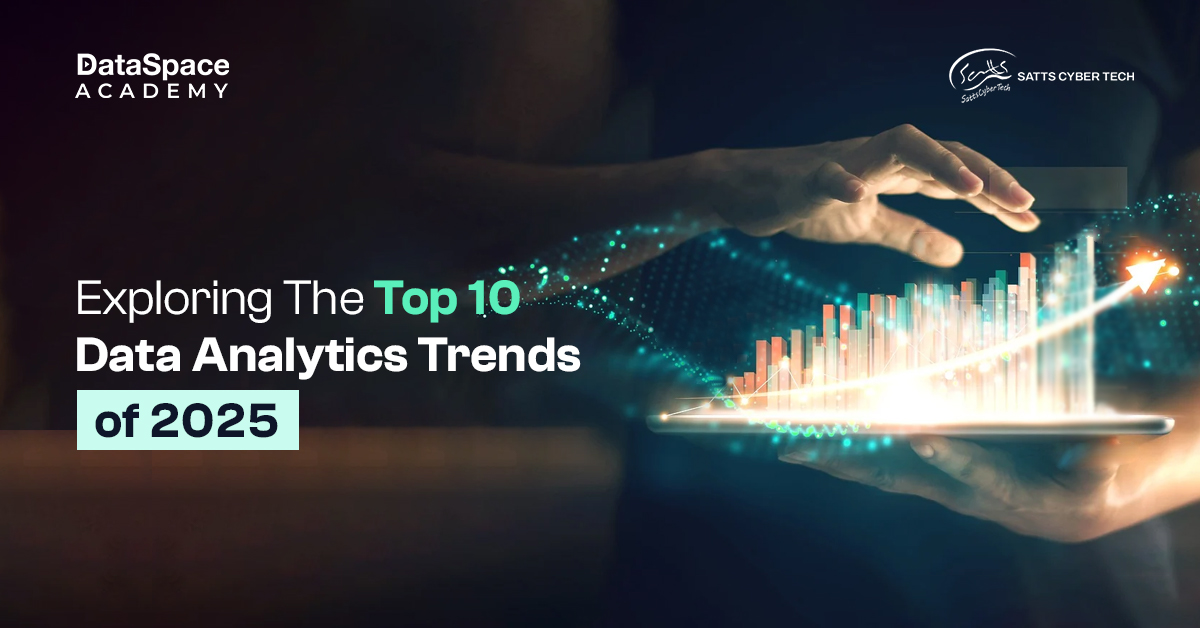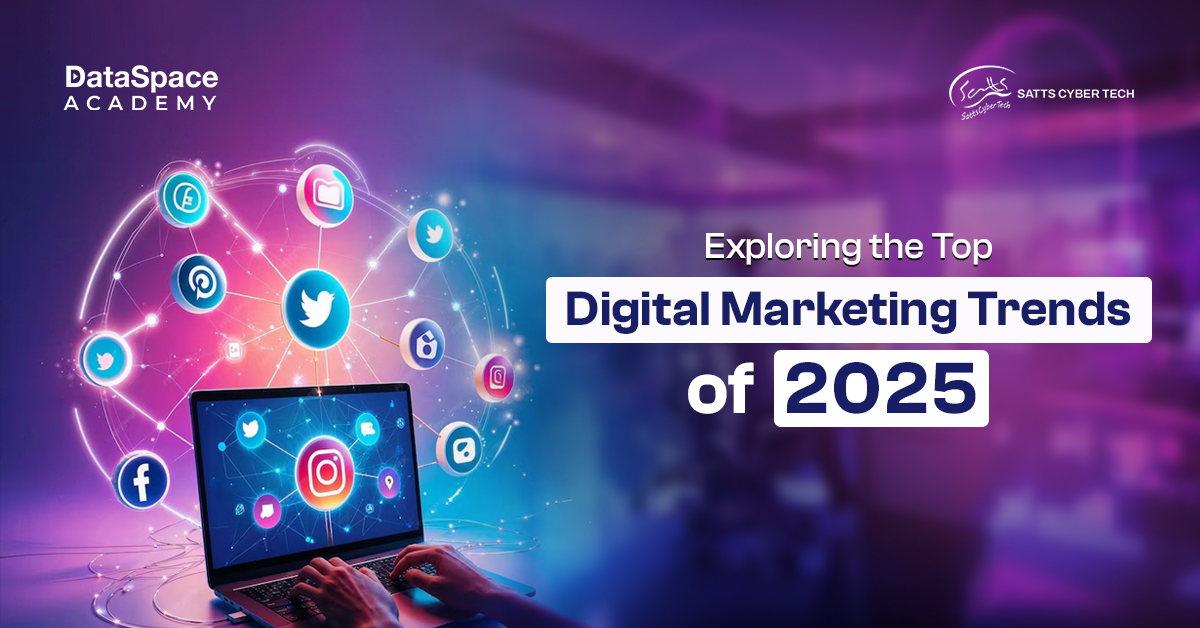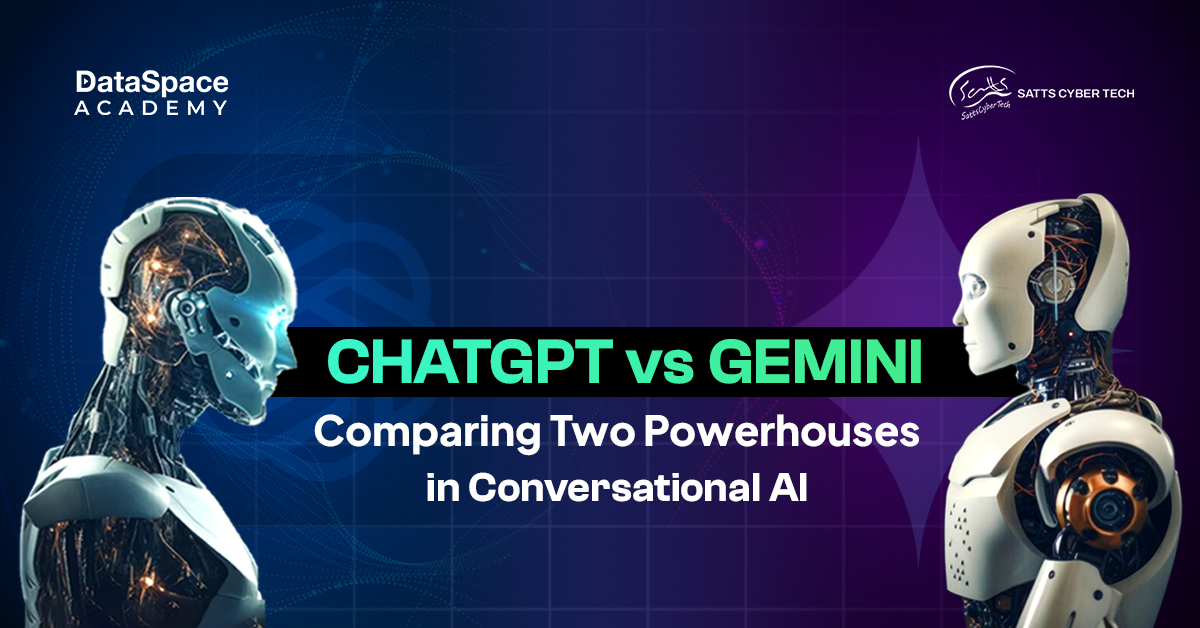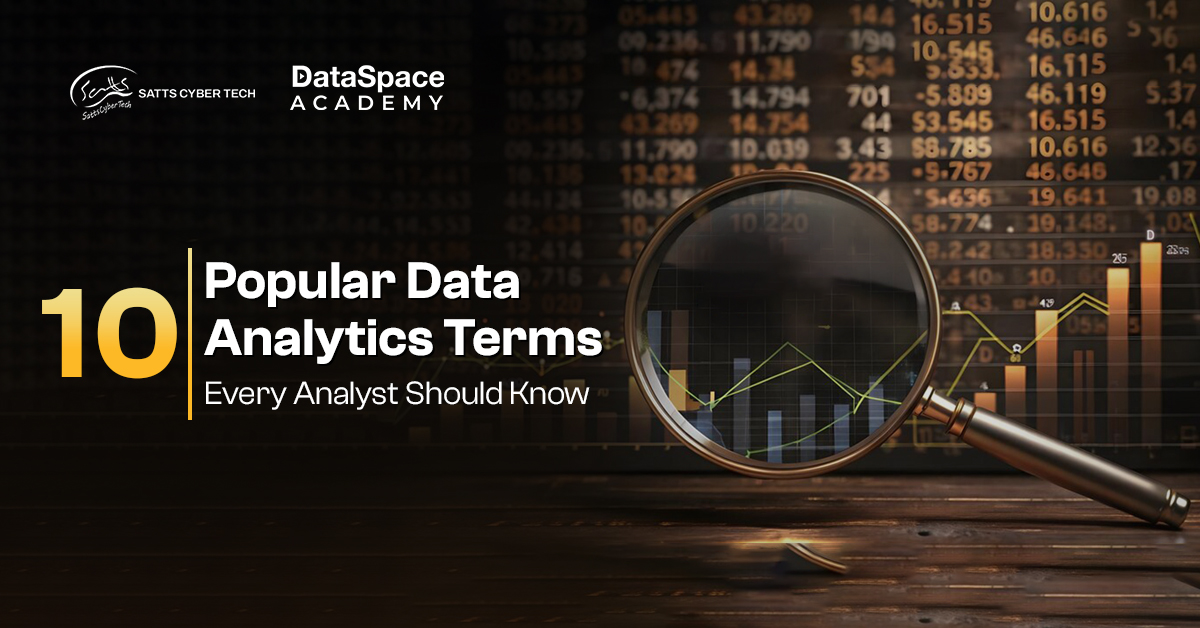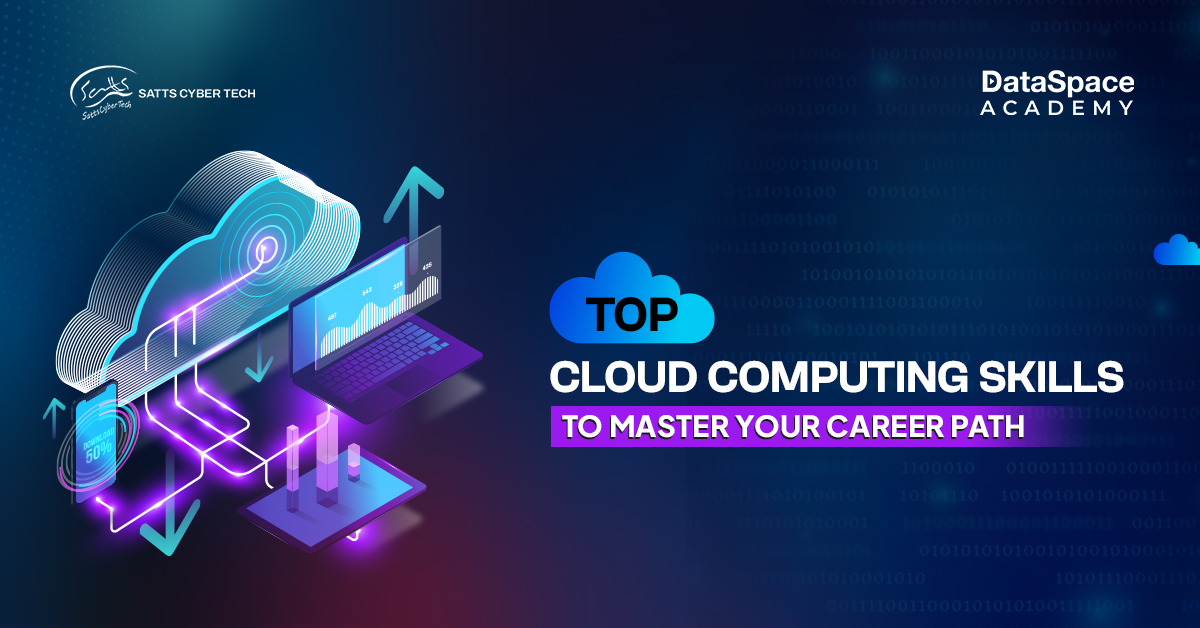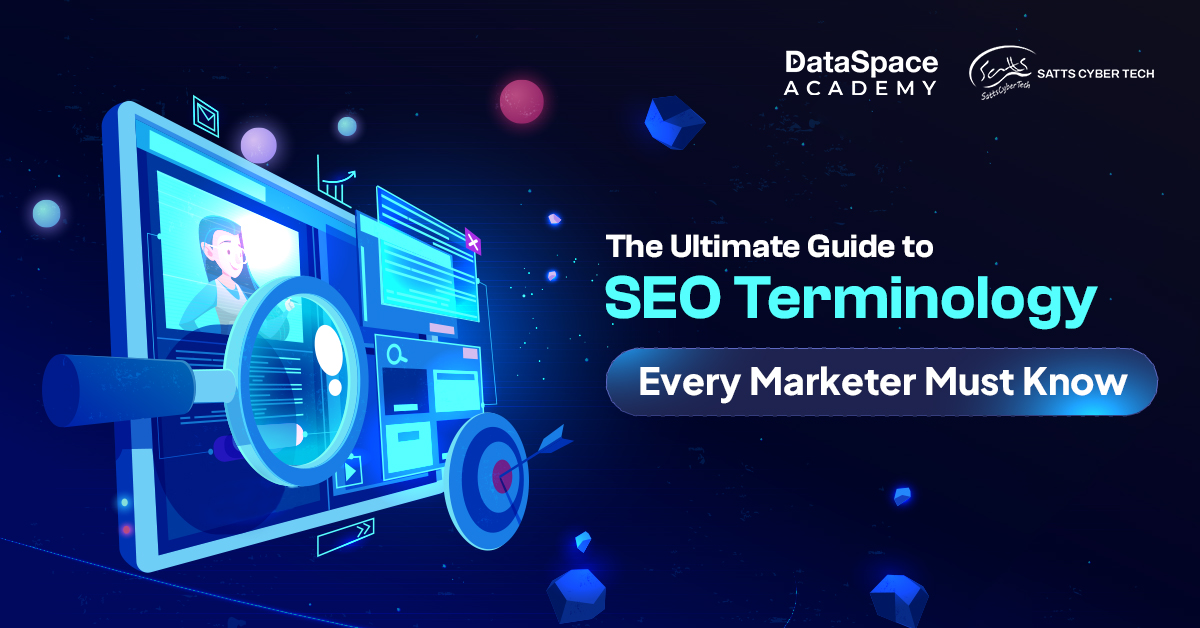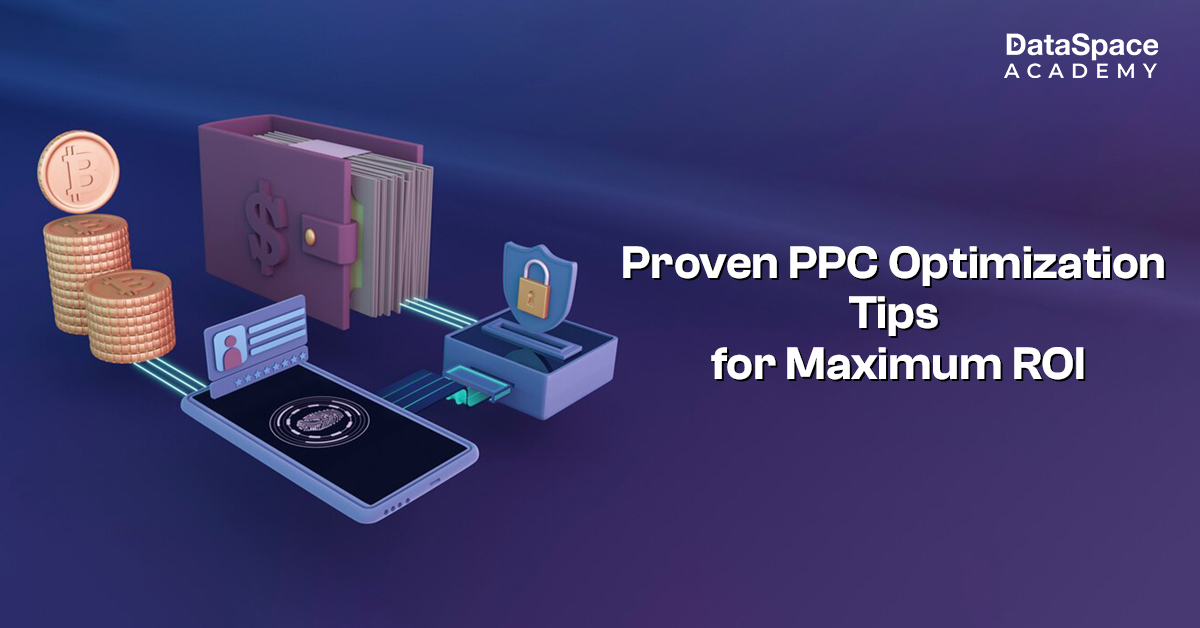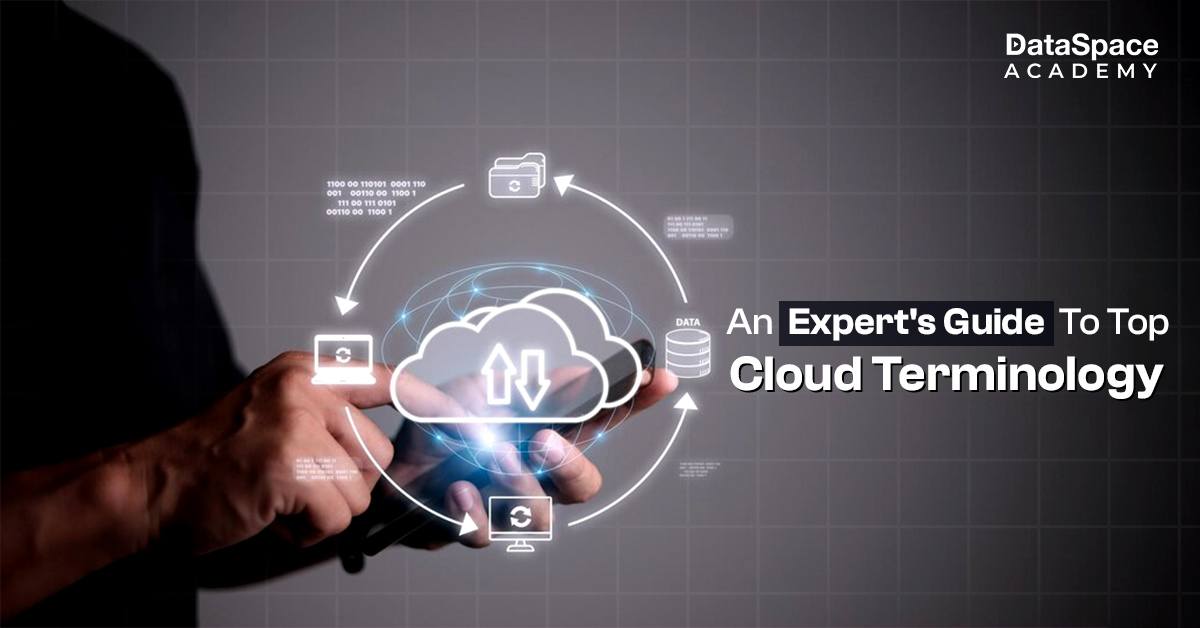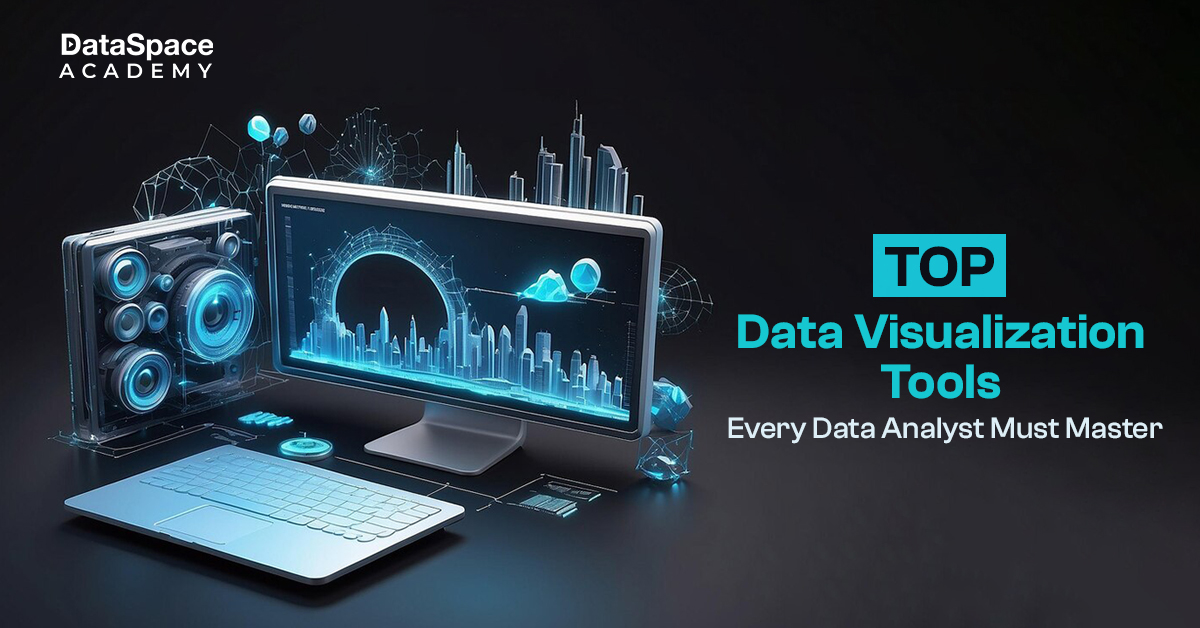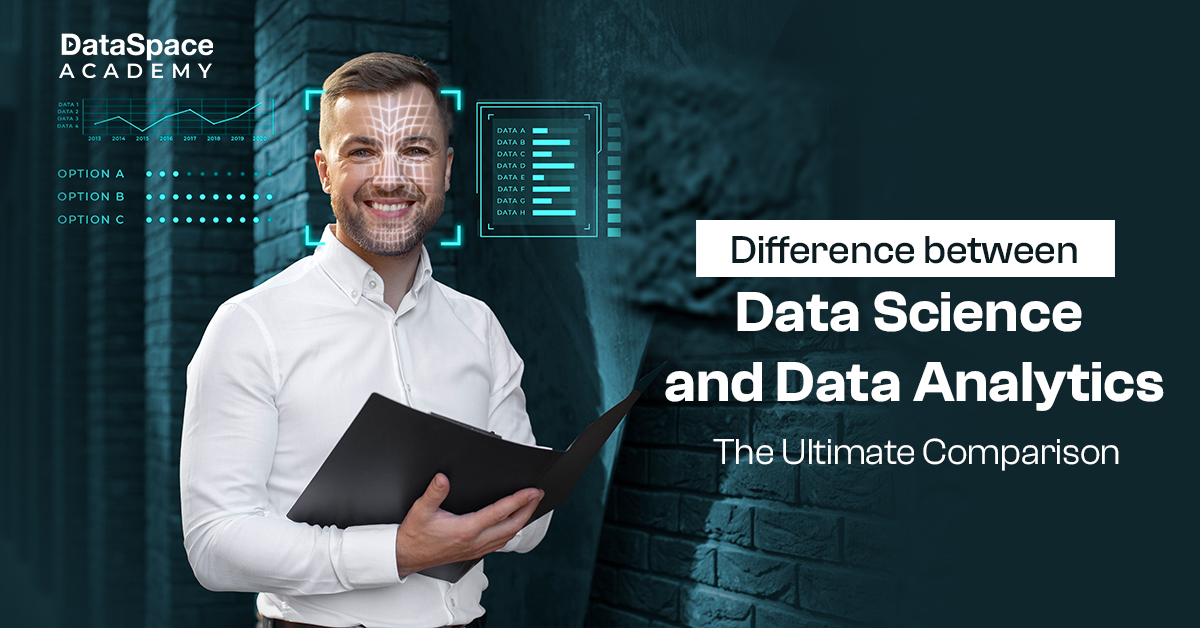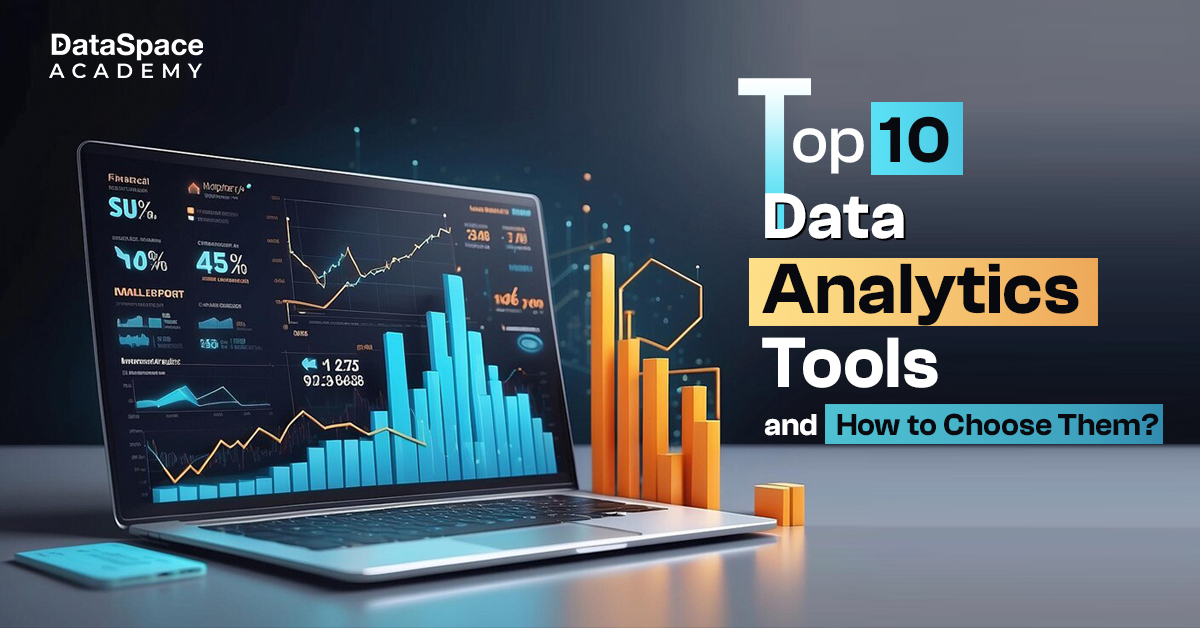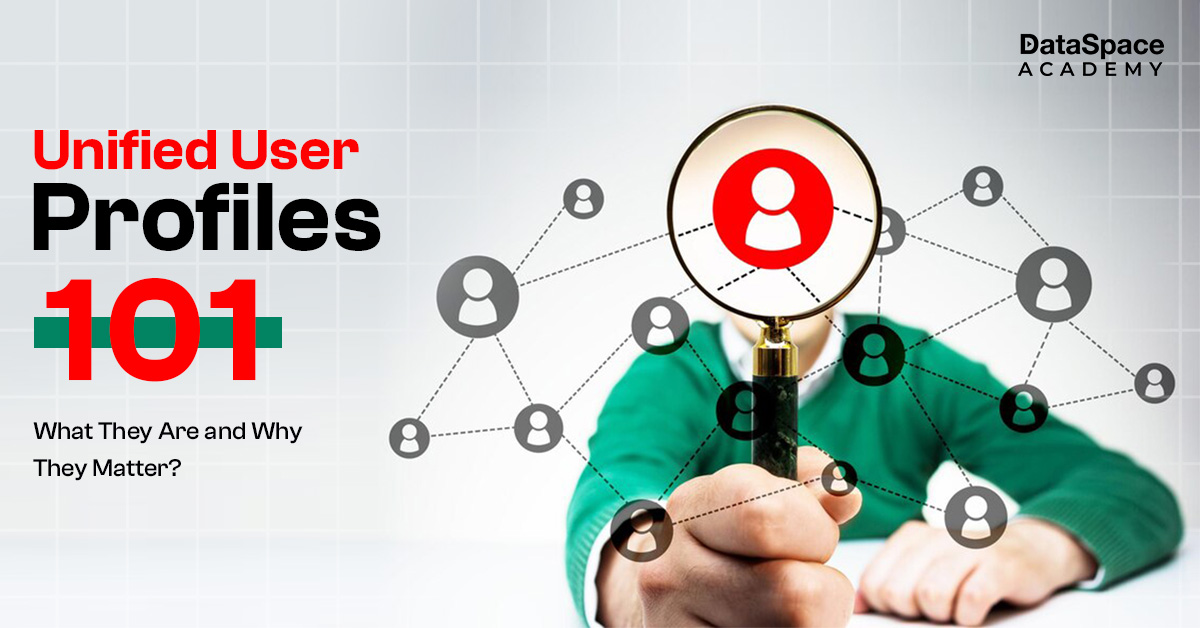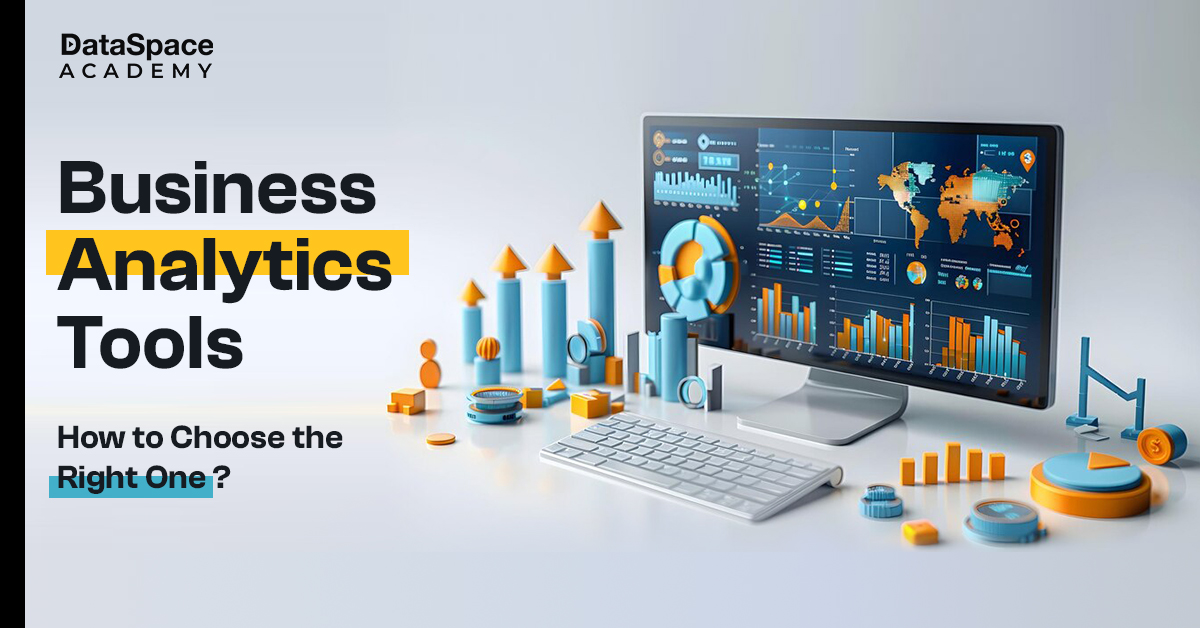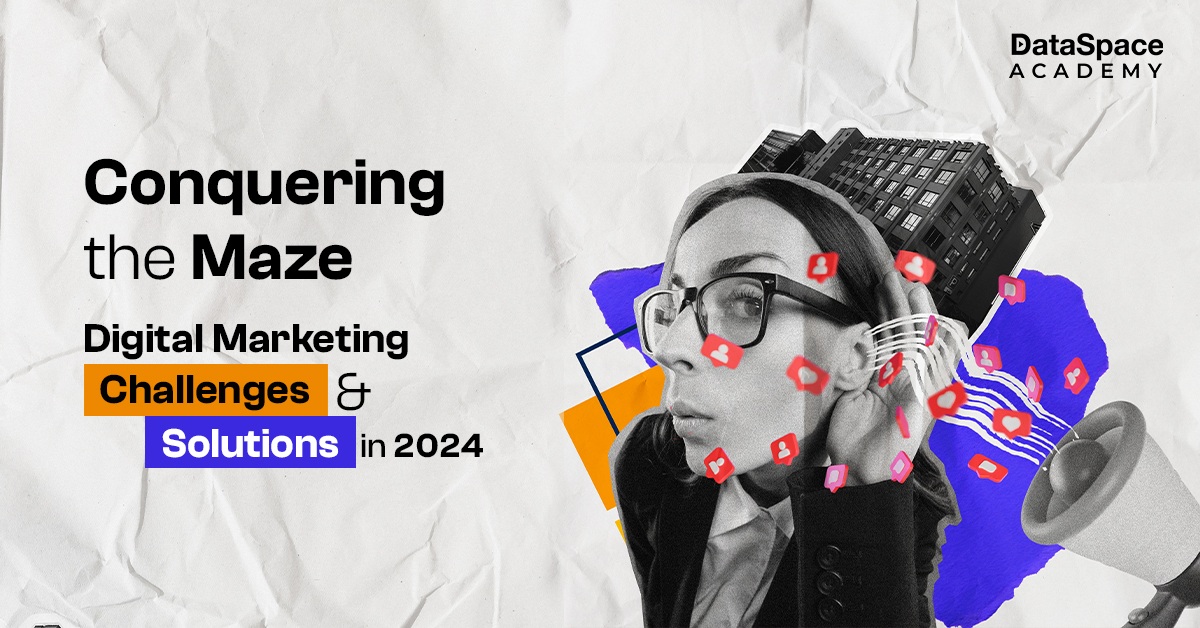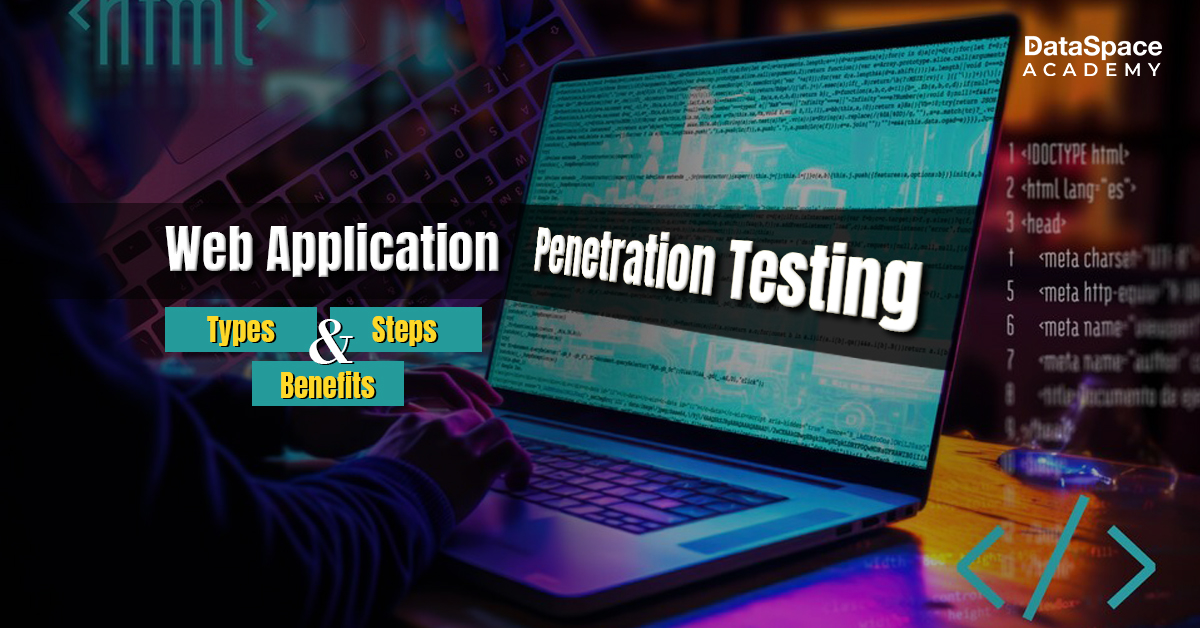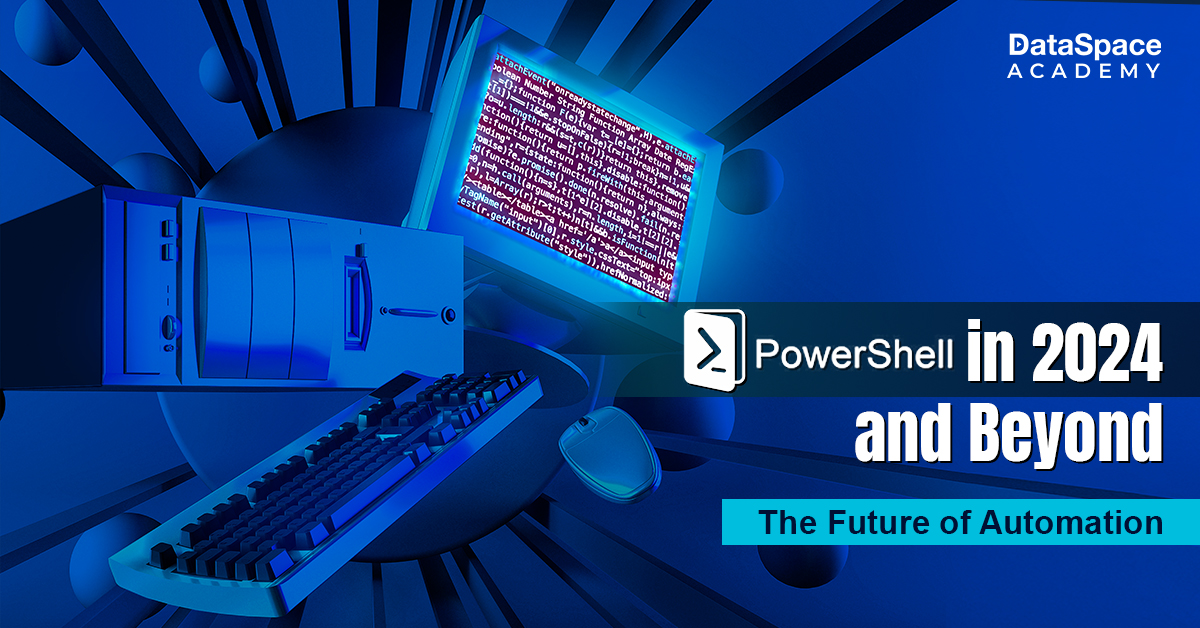RapidMiner: From Data Mining to Decision Making in One Platform
Last Updated : 10 Apr, 2024
 1.37L
1.37L

Introduction
In the context of data-centric ecosystems, rapid data mining and analysis are critical for shaping strategic business landscapes. However, not every business is privileged or capable enough to afford highly skilled data mining professionals. The intricate job of data mining involves defining goals, gathering and preparing data, applying data mining algorithms, and extracting patterns. This means that data mining is strictly a core technical and analytical job that requires professional expertise for successful interpretation in making informed decisions.
But, as companies are embracing decentralisation to optimise efficiency, the need for specialised expertise in data mining has diminished. This paves the way for a more inclusive approach to extracting insights from data by non-technical employees as well- thanks to data mining tools like RapidMiner.
Businesses at the forefront of innovation are leveraging rapidminer to streamline data analysis, simplifying the process of Knowledge-Discovery-in-Databases, also known as data mining.
Features of RapidMiner
The core objective of RapidMiner is to optimise data mining efficiency for rapid decision-making. Unlike Python and R, the two most popular programming languages for data mining – RapidMiner is a no-code development platform with easy drag-and-drop features. This intuitive platform is thoughtfully made easy for both developers and non-developers to mine data without any technical complexities.
- Users can import/export data as PDF, PNG, HTML files
- Compatible with various databases like Oracle, MySQL, Excel, Microsoft SQL server, etc.
- Includes many learning algorithms from WEKA
- Used for both predictive analysis and statistical computing
Some added RapidMiner features include:
- Access Controls/Permissions
- Alerts/Notifications
- API (Application Programming Interface)
- Collaboration Tools
- Linked data management
- Statistical Analysis
- Templates
- Text Analysis
- Text Mining
How does it work?
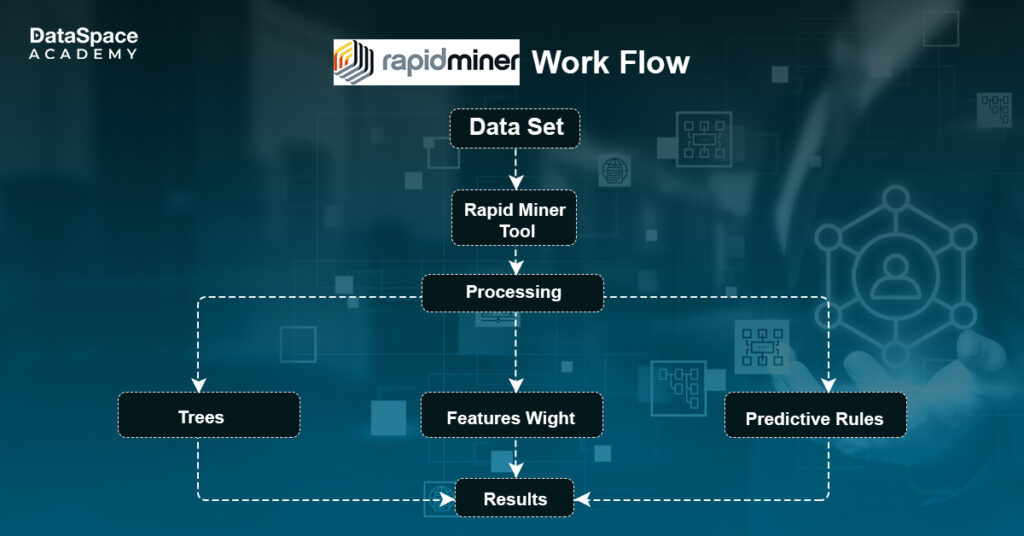
Here is your guide for effective data mining and analysis with RapidMiner Studio.
Activity Selection: Once you launch RapidMiner, the ‘activity selection’ interface will pop up with 3 options to start with: Blank process, Turbo Prep, and Auto model.
- The ‘blank process’ is for the intermediate level, where users need to get started from scratch by dragging and dropping operators manually.
- ‘Turbo Prep’ is meant for dataset preparation, which includes transforming, cleaning, and combining datasets.
- The ‘Auto model’ feature is designed to build and optimise data models with automated machine learning.
Plus, you also get to choose from a varied range of featured templates. Remember, the intricate process of data mining and interpretation will be based on your ‘activity selection’ from the 3 above-mentioned options. This is how you need to get started with RapidMiner documentation.

RapidMiner also hosts several other products, to make data mining more accessible for everyone. Such as:
- RapidMiner Go
- RapidMiner Server
- RapidMiner Radoop
You can join our data science course online to learn more about the process of data mining.
Use Cases
As one of the vast data science platforms, RapidMiner boasts diverse applications across industries.
-
Customer segmentation
For customer segmentation based on demographics, customer behaviour, and purchasing patterns.
-
Customer data analysis & prediction
Businesses deploy RapidMiner predictive analytics to analyse customer data and predict probabilities to take proactive business measures.
-
Detection of fraudulent activities
RapidMiner is extensively used to detect fraudulent activities in financial transactions and insurance claims.
-
Predictive Maintenance
RapidMiner plays a vital role in predictive maintenance by swiftly pinpointing issues, leading to reduced downtime and cost-effective solutions.
-
Marketing campaign optimisation
With RapidMiner, marketers can optimise their campaigns by leveraging machine learning algorithms.
-
Data-driven healthcare
The healthcare sector uses RapidMiner to deliver personalised and data-driven care to patients by analysing digital health records, medical imaging data, and so on.
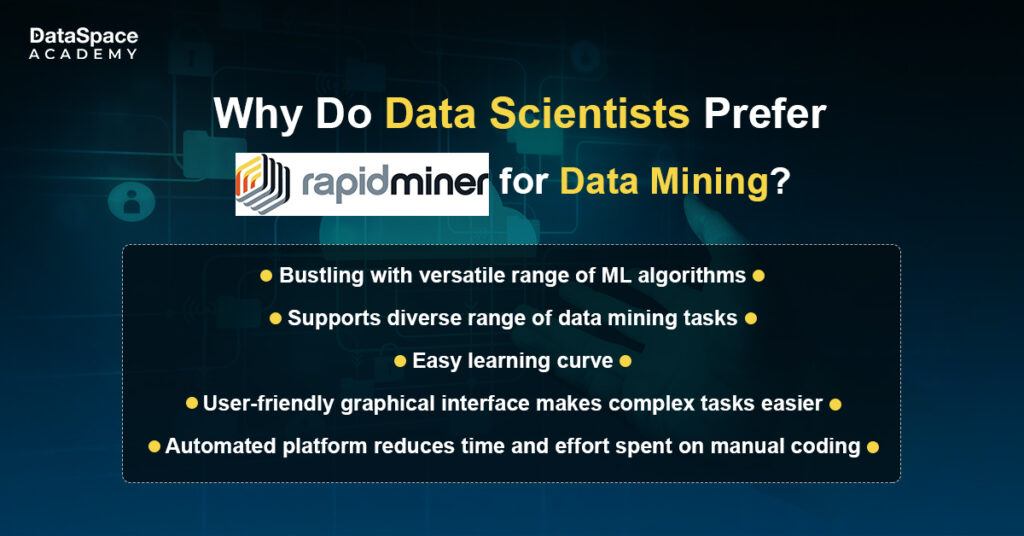
Benefits: Why is RapidMiner earning kudos?
- Retrieves insights based on geographic locations
- Offers numerous procedures for attribute selection and outlier detection
- Enables optimum analytical process with over 1500 processes of data integration, transformation, analysis, visualisation, and modelling
- Users can access past conversations from the library
- Simplifies classification of structured and unstructured documents based on analysis
- Users can monitor and analyse customer feedback in real-time
- Boasts enormous flexibility
- Segregates the audience based on defined criteria
- Enables users to sense the audience pulse for a product or service by analysing comments or feedback
- Users can forecast customer behaviour and stay ahead of emerging trends
Limitations
Despite all these unlimited assets, RapidMiner comes with certain limitations as follows:
- Unsuitable for people with zero experience with database files
- Limited partitioning abilities to train and test data sets
Conclusion
RapidMiner emerges as a pivotal data mining platform in easing complexities and driving faster decision-making. Its robust capabilities empower users to derive actionable insights from complex datasets with the use of automated machine learning algorithms – thereby accelerating the development and deployment of predictive models.
However, it’s essential to note that this user-friendly and advantageous data mining platform also has some limitations. Therefore, careful consideration of its suitability for specific use cases and continuous learning is imperative for maximising its potential. But despite the drawbacks, RapidMiner continues to remain a powerful and lucrative data mining tool to revolutionise the way we analyse and leverage data for transformative outcomes.
 1.37L
1.37L



